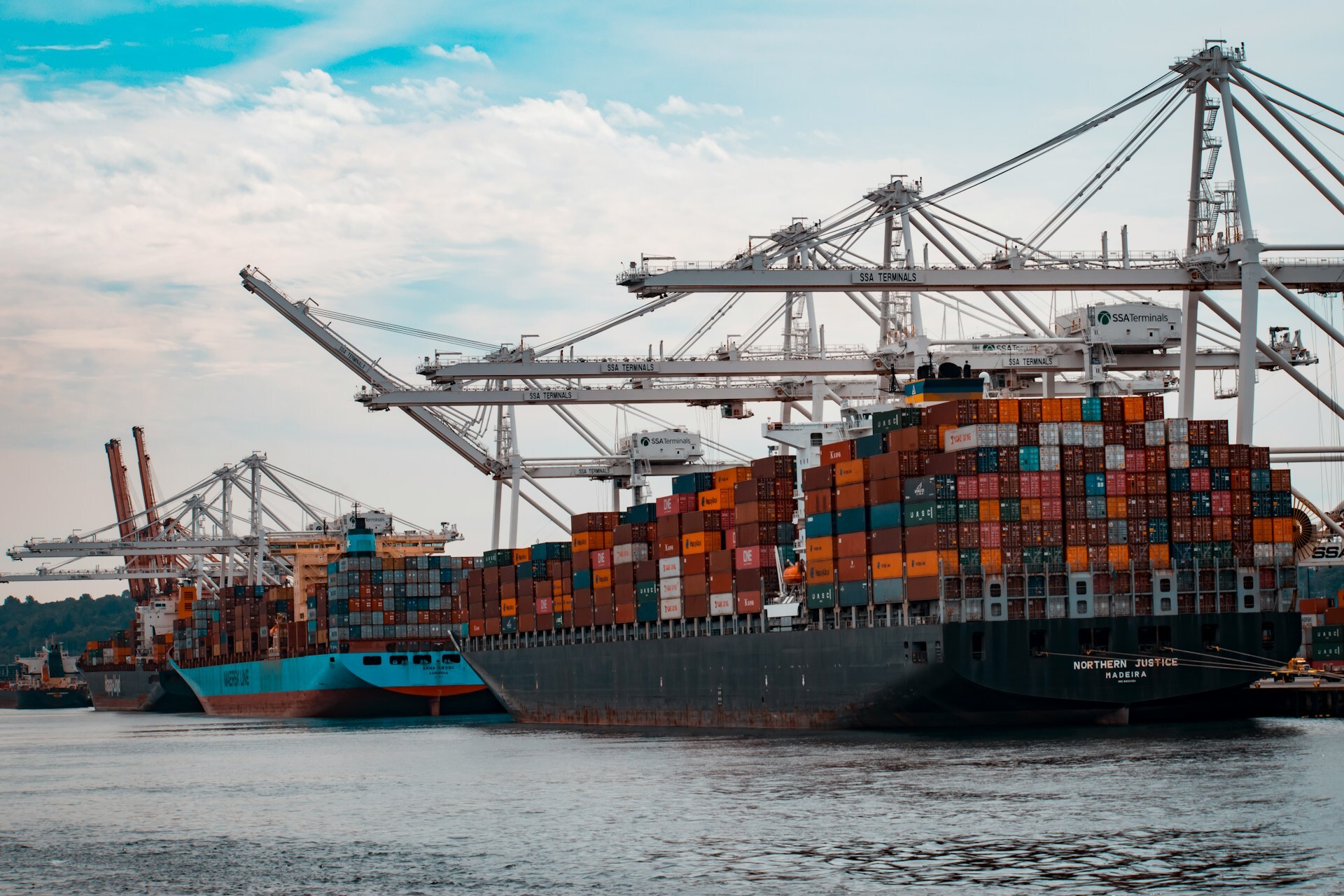The Chinese New Year and the Red Sea Crisis Will Not be Enough to Keep Freight Rates High

The Chinese New Year (CNY) is upon us, ushering in the Year of the Dragon on Feb 10, 2024. The day kicks off a week of festivities in China that lasts for a week until Feb. 18, as logistics operations are greatly curtailed and factories grind to a halt. Considering a lot of the world’s manufacturing happens in mainland China, the ramifications of this week send ripples across freight networks worldwide.
For businesses planning to ship goods around the CNY, the impact window on logistics may extend beyond the official week of festivities as it is common to take additional days off before and after the holiday week. Effectively, this would mean China Inc. is not really open for business between Feb 3-21 this year.

While these dates are straightforward and based on yearly trends, the state of the freight market is harder to determine as market conditions play a major role in determining freight prices. In this context, the Red Sea crisis is unmistakably prominent, as container lines have levied war-risk surcharges, introduced higher GRIs, and even pushed for peak-season surcharges to compensate for going around the Horn of Africa instead of the Suez Canal.
Freight rates between China and N.Europe exploded since the crisis, rising from around $1,200 per TEU in the first week of Dec ‘23 to over $5,200 per TEU in the last week of Jan ‘24 — a near five-fold increase. Freight rates have gone up across other major lanes as well, with the trans-Pacific China-US West Coast rising from roughly $1,600 per TEU in late Dec ‘23 to over $4,000 per TEU in the last week of Jan ‘24.
However, the prices seem to be stabilizing, as reflected in the Shanghai Containerized Freight Index (SCFI) from Jan 26. The rate increase seems to have peaked as the next few weeks during the CNY will be mellow. With consumer demand in a trough, and container capacity remaining high, there would be little incentive for shippers to frantically buy freight space, which would result in freight rates again ticking lower post-CNY.
The situation is further complicated for businesses shipping between China and the US East Coast or Gulf Coast, thanks to the droughts seen at the Panama Canal over the last year — a consequence of the El Niño climatic pattern. This reduced the number of vessels that could pass through daily, with the canal operating at 70% capacity today. The volume of loads allowed on every vessel have reduced as well, as lower water levels in the canal locks decrease the maximum depth of vessels.
While such situations led shippers to pay multi-million dollars to skip the resulting queues at the canal, the backlog of vessels has fallen over this month as tankers have completely changed course, avoiding the canal altogether. Still, China-US East Coast rates have more than doubled from their $2,500 per TEU in the last week of Dec ‘23 to over $6,000 per TEU today.
That said, moving freight via the Panama Canal is likely to be more effective than moving freight trans-Atlantic via the Suez Canal, as that would add several weeks to the lead times. The surcharges as a result of the Panama drought is a lot lesser than the surcharges added in from the few thousand extra miles traveling around the Cape of Good Hope. Companies in urgent need for inventory can look to avoid the Panama Canal entirely as well, shipping to the US West Coast and hauling intermodal eastward if need be.
As always, if you are a shipper, make sure to collaborate with your freight forwarders early to streamline shipping plans around the next month, especially at the wake of such volatile market events.
Ready for Supply Chain Predictability?
Importers using Silq ship smarter, safer, and with total control.







.jpeg)